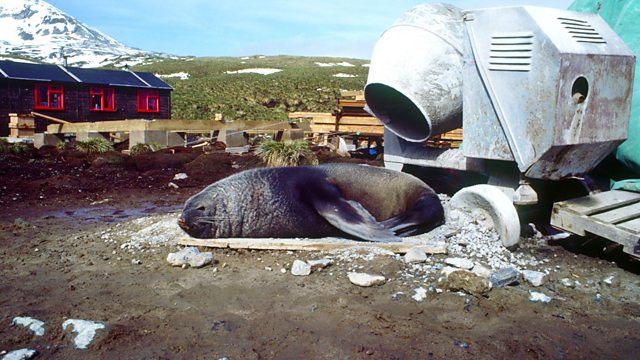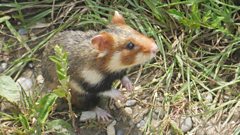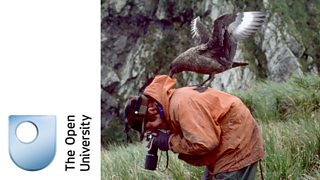Can We Save It All?
Monty Don explores a puzzling dilemma: With so many species and habitats under threat from human activity, how do we decide what to conserve?
A giant hamster in Alsace provides Monty with a puzzling dilemma, how do we decide what to conserve? With so many pressures on so many creatures and habitats how to decide where to put our energy and money is difficult. Monty Don explores the issues, do we save the creatures that appeal to us or those that are most useful? Is a beetle better to save than a hamster? Shared Planet explores the crunch point where the natural world and human population meet. Monty Don presents the series and invites a field report each week from around the world where people and wildlife are negotiating the same space: different stories, different outcomes, and different issues. How is the Giant Hamster negotiating it's bit of the planet in the Alsace region with land owners who need its home for crops. Should we try to save everything?
Last on
More episodes
Previous
Next
Clip
-
![]()
The Giant Hamster
Duration: 01:47
Professor Simon Stuart

Dr Simon Stuart has been Chair of the Species Survival Commission of the International Union for Conservation of Nature (IUCN) since October 2008. He is also a visiting professor in the Department of Biology and Biochemistry at the University of Bath. Prior to this, he was the Senior Species Scientist for both IUCN and Conservation International. In 2004 he completed the Global Amphibian Assessment which highlighted the global phenomenon of amphibian declines and extinctions. Simon has undergraduate and doctoral degrees in conservation biology from the University of Cambridge, and has undertaken fieldwork in Tanzania and Cameroon.
Dr Fiona Mathews

Dr Fiona Mathews is a lecturer in Mammalian Biology at Exeter University. Dr Mathews’ work investigates how modern challenges, ranging from urban expansion and human population increases, to exposure to wind turbines, light pollution, mobile telephones, and nutritional inadequacies, affect population dynamics. Using an integrated ecological and epidemiological approach, she studies species ranging from humans to wildlife. She is a member of the Environment and Evolution research group and is based at the Streatham Campus in Exeter.
Giant Hamsters

The European Hamster or 'giant hamster' (Cricetus cricetus) is significantly larger than the Syrian hamster or dwarf hamster - which are commonly kept as pets in the UK. It has brown dorsal fur, a black chest and white patches under their ears. It is typically found in low-lying farmland with soft loam or loess soils. It is found in Belgium to Alsace in the west, to Russia in the east, and Romania in the south. The animal is widely considered a farmland pest but in many individual European countries it is considered critically endangered.
Image courtesy of Julien Hoffmann.
Broadcasts
- Tue 18 Jun 2013 11:00BBC Radio 4
- Mon 24 Jun 2013 21:00BBC Radio 4



